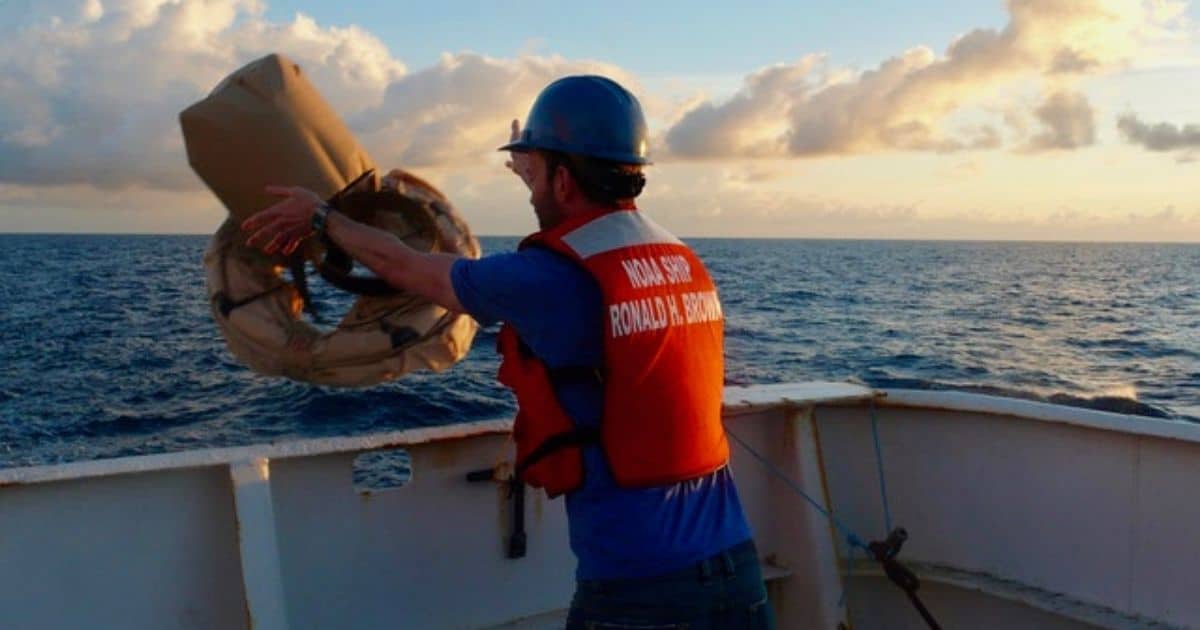University of Miami (UM) Rosenstiel School of Marine and Atmospheric Science researcher Shane Elipot proposes a new approach to monitoring global sea-level rise. Using the existing NOAA Global Drifter Program array of roughly 1,200 buoys that drift freely with ocean currents, Elipot suggests adding additional instruments to record their height, or the “level of the sea” they ride on, to collect long-term data on the average sea levels across the world’s oceans.
Elipot’s research, published in the American Geophysical Union’s journal Geophysical Research Letters, demonstrates that if these current drifters recorded altitude and transmit that data along with their geographical positions every hour, scientists could better understand global and regional sea-level changes, especially the accelerating sea-level rise associated with climate change and global warming.
“Sea-level rise is a serious threat to our society, especially in coastal areas like Miami,” said Elipot, a research assistant professor of ocean sciences. “While tremendous advances have been made in understanding the exact causes of sea level, continuing and resilient monitoring of sea level is necessary for planning and management at local and global scales.”
Elipot has secured a research contract with the NASA Jet Propulsion Laboratory to conduct a pilot project to construct buoys that will record their heights as they drift. This pilot project will be conducted with colleagues from NOAA’s Atlantic Oceanographic Meteorological Laboratory and Scripps Institution of Oceanography at UC San Diego. These drifters will be built at Scripps and tested off both the UM Rosenstiel School and Scripps piers.
By Diana Udel, University of Miami Rosenstiel School of Marine & Atmospheric Science
Journal Reference:
Shane Elipot. Measuring Global Mean Sea Level Changes With Surface Drifting Buoys. Geophysical Research Letters, 2020; 47 (21) DOI: 10.1029/2020GL091078

